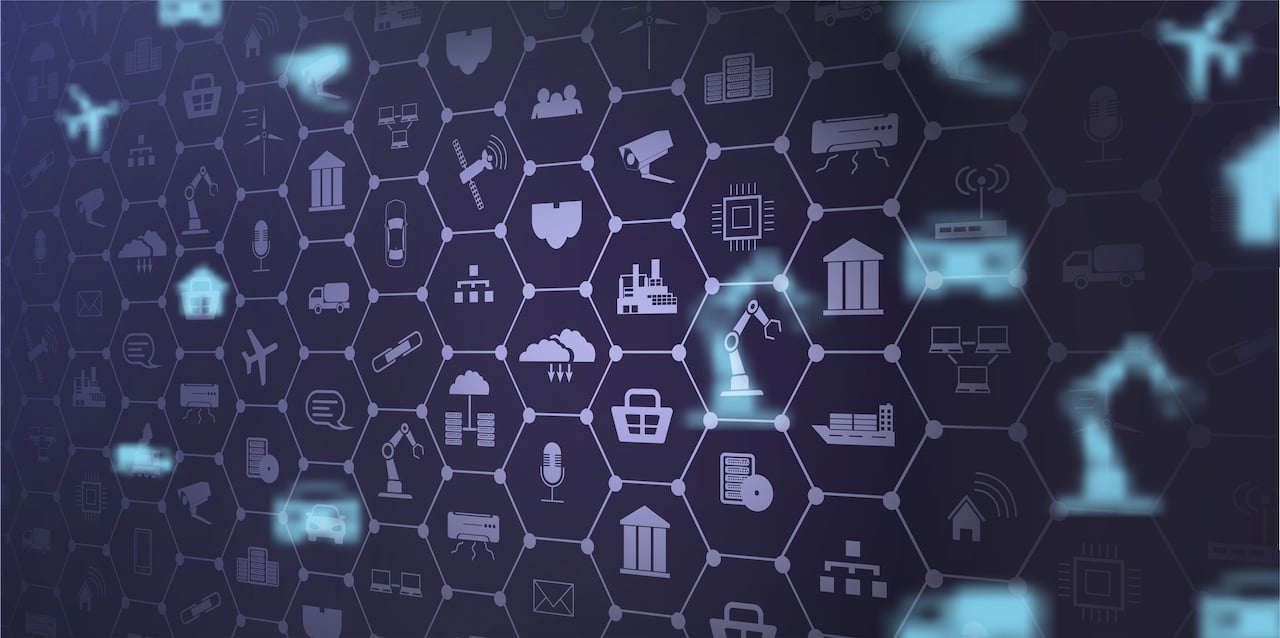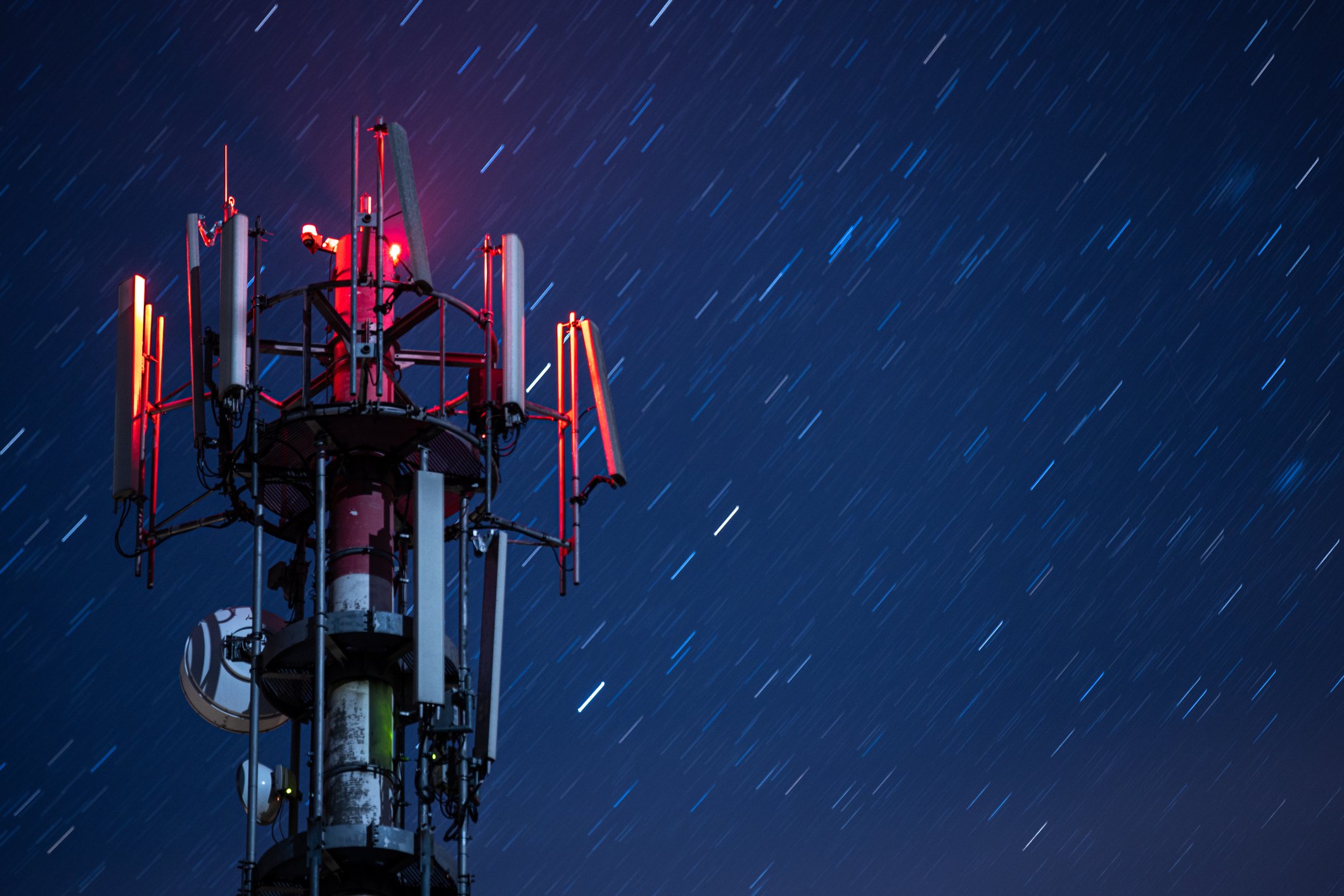
- December 2025 (1)
- November 2025 (2)
- October 2025 (3)
- September 2025 (3)
- August 2025 (3)
- July 2025 (2)
- June 2025 (3)
- May 2025 (3)
- April 2025 (3)
- March 2025 (2)
- February 2025 (1)
- December 2024 (2)
- November 2024 (1)
- August 2024 (2)
- June 2024 (3)
- May 2024 (3)
- April 2024 (1)
- March 2024 (3)
- February 2024 (2)
- January 2024 (2)
- December 2023 (1)
- November 2023 (2)
- October 2023 (2)
- September 2023 (1)
- August 2023 (1)
- July 2023 (2)
- June 2023 (3)
- May 2023 (2)
- March 2023 (4)
- January 2023 (2)
- November 2022 (2)
- September 2022 (1)
- August 2022 (2)
- July 2022 (2)
- June 2022 (1)
- May 2022 (1)
- April 2022 (3)
- March 2022 (1)
- February 2022 (3)
- January 2022 (2)
- December 2021 (1)
- November 2021 (1)
- October 2021 (2)
- September 2021 (3)
- August 2021 (1)
- July 2021 (3)
- May 2021 (2)
- April 2021 (2)
- March 2021 (2)
- February 2021 (3)
- January 2021 (3)
- December 2020 (1)
- October 2020 (1)
- August 2020 (1)
- August 2019 (1)
- January 2019 (2)
- September 2018 (5)
- June 2018 (1)
- November 2017 (1)
- September 2017 (1)
- July 2017 (1)
- May 2017 (1)
- January 2017 (1)
- October 2016 (2)
- August 2016 (1)
- July 2016 (1)
- June 2016 (1)
Subscribe by email
You don’t need to fully understand the intricacies of how IoT works in order to run a successful connected device business. But it’s helpful to know the basic IoT components that make up the ecosystem and how, together, they work to function as a whole. Let’s take a look at the six major components of an IoT ecosystem and their role in making the IoT “magic” happen.
What Is an IoT Ecosystem?
An IoT ecosystem is a vast collection of interdependent and connected technologies and devices that work together to form a cohesive system that meets a specific goal. The IoT ecosystem is the vehicle that makes “things” (sensors or devices) “smart” by providing connectivity with other “things.” This interconnectivity is what allows products to interact with us and each other within the IoT ecosystem.
6 Components of an IoT Ecosystem
IoT ecosystems should be built with a thoughtful and well-planned approach in order to function optimally. While some ecosystems are more complex than others, there are six foundational ingredients that are required to make them work.
1. Sensors
People tend to think about the Internet of Things as a sort of “magic that happens behind the curtain,” or at least as something largely intangible. But there are important physical components to IoT. Sensors are one of them, and they serve to provide devices with the ability to collect data. IoT sensors are hardware designed to detect environmental changes and collect data. They are the part of the ecosystem that interacts with the physical world.
Sensors are designed with a specific task (or tasks) in mind. They can detect pressure, motion, temperature, humidity, and other environmental changes, including even the slightest changes. They are embedded in a device, and there may be multiple sensors in a single device, each collecting different data. Sensors act as a bridge between the physical world and the digital world. It’s also important to note that sensors require a network to share data, as they do not access the internet directly. We’ll discuss networks in a moment.
2. Devices
The devices that contain sensors are also physical components of the IoT ecosystem. Devices, and device management, are another key part of an IoT ecosystem. Examples of IoT devices include smartwatches, smart home devices such as thermostats and doorbells, and smart medical devices.
3. Platform
Another essential component of an IoT ecosystem is the platform, which acts as a center of command to connect and empower all the devices in the system. In some cases, a platform isn’t just a piece of software but a combination of key components from hardware, to software to connectivity that help developers prototype new IoT applications. For example, Zipit offers a comprehensive IoT Reference Platform solution, working with Connected Development — a recognized leader in the product design space with over 25 years of experience. This platform is designed specifically to help IoT developers solve the most challenging engineering issues to support IoT initiatives.
4. Networks and Connectivity
Data collected from sensors are communicated to the cloud via IoT protocols, or modes of transportation. Wireless communication channels transmit data to the cloud. There are a number of different connectivity options, including Wi-Fi, BlueTooth, Cellular, and others. You’ll want to weigh the trade-offs between power consumption, bandwidth, and range to determine the most effective protocol for your needs.
There must be interconnectivity for an IoT network to process the data that sensors collect. Since sensors typically don’t access the internet directly, a gateway is generally used as the bridge to connect the data from the sensors to the cloud, where actions can be directed based on that data. Sensors would communicate using Bluetooth, LoRaWan or Wi-Fi to a Gateway that would communicate with Bluetooth/LoRaWAN/Wi-Fi on one side and the cellular network on the other side — similarly to the way a PC connects to a router which then connects to the Internet. Gateways are used to translate network protocols to enable the seamless communication of the sensors within the IoT network. They manage the flow of data and also provide security, protecting the sensors from malicious attacks. In some applications, the gateway is also used to do some processing locally, or “at the edge”.
Though gateways are often used, they aren’t required if a device has its own connectivity. A great example of this is the Bushnell camera. It has both a motion sensor and a GPS, with built-in cellular connectivity. Given the device’s connectivity, the camera doesn’t need a gateway to communicate with the cloud to provide alerts and pass pictures. Instead, it has a direct connection to the cloud through the cellular network. Devices need either this direct connectivity or a gateway.
Learn more: 7 Top-Rated IoT Gateway Companies
5. Data and Analytics
Data may be the by-product of an IoT ecosystem, but it’s also what enables the Internet of Things to deliver value. Analytics make sense of the vast amounts of data that IoT produces, converting the raw data into vital, actionable insights. Together, data and the insights gleaned from that data drive better outcomes for IoT users and businesses alike.
For a simple example, a smart thermostat collects data about temperature, and once it hits a certain level, an action is initiated, turning the heat or air conditioning on. However, IoT can handle much more complex and multi-faceted situations than this one. By leveraging predictive analysis, learnings can be derived from the data to predict trends and then help companies make better business decisions. This is utilized in industrial equipment, smart cars, and many other use cases.
It’s also important to run analytics on the connected device business itself. These analytics offer insights into customer behavior and preferences as well as trends in demand and usage.
6. Cloud Infrastructure
The cloud is where the data goes to be processed. Cloud infrastructure loads, transforms, and stores the data. With IoT, time is of the essence and latency must be minimized. The cloud infrastructure, including the databases where the data is stored, is essential to the success of an IoT ecosystem. Cloud data warehouses and data platforms like Amazon Redshift, Google BigQuery, and Snowflake provide the ability to compute and store massive amounts of data. Zipit works with trusted partners such as Kopis that can take standard cloud offerings like AWS IoT and customize them to fit the needs of the specific application.
Learn more: IoT Cloud: An Introductory Guide
Zipit Helps Clients Establish Effective IoT Ecosystems
Each piece of an IoT ecosystem is equally vital to its overall performance. When you join forces with Zipit, we leverage our extensive experience and network of expert partners to guide you down the right path.
You might also like:
Related Content
The latest IoT insights and platform updates from Zipit.
As billions of connected devices continue to shape modern life, IoT manufacturers ...
The Internet of Things (IoT) is transforming how businesses operate, compete, and ...
IoT asset tracking unlocks real-time awareness, predictive power, and operational ...


